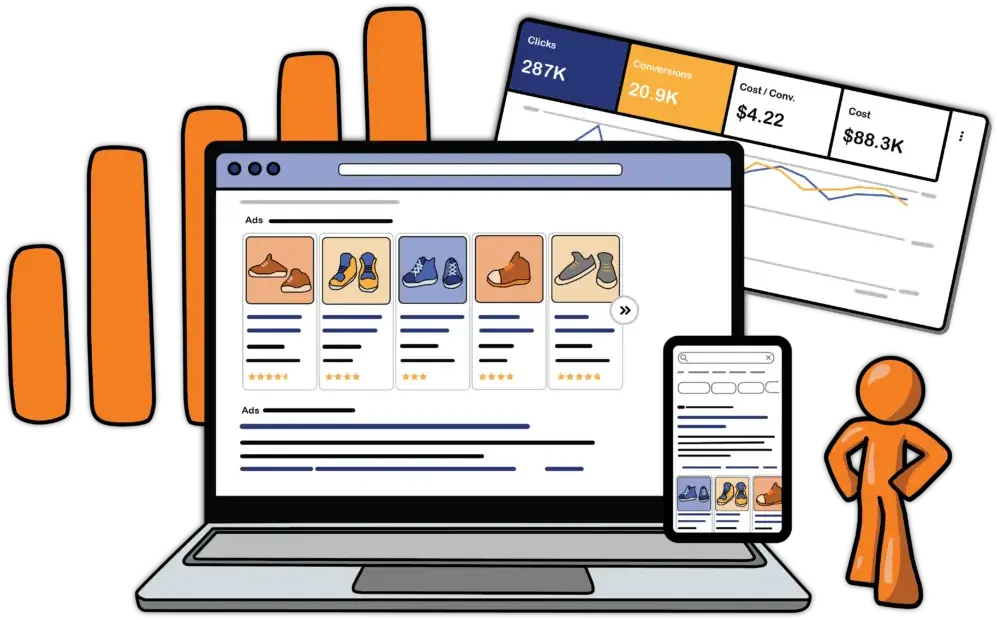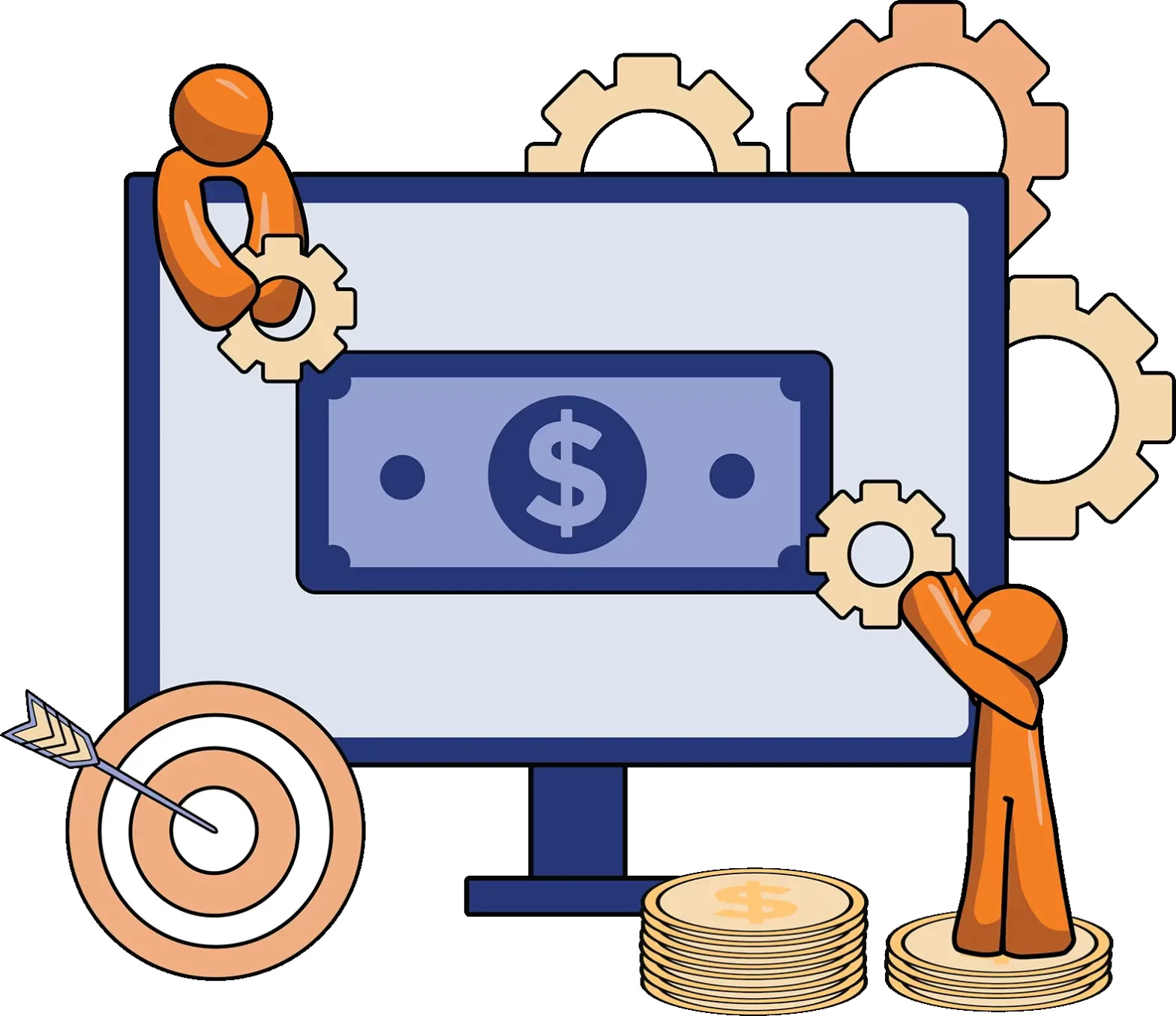We all like to think that we, or at least our functions, are critical to the success of our company. In fact, our roles should be, or the roles should not exist. The question many companies face is one of emphasis; where do we put our budgets.
Companies that have a long history of direct or premise sales teams often put a great deal of weight on the impact of an independent sales department. And in many industries, that is still valid. The question the companies need to answer for digital marketing, first and foremost, is what role the website plays in the overall sales strategy?
Understanding the role of the website is pivotal to developing the site’s strategy and how you engage in SEO and digital advertising.
Websites and the sales process
Websites As Sales Support
When sales departments focus on networking, cold calling and relationship development, they develop prospect lists the old fashion way. They are pounding the pavement, hitting the phones, and shaking hands.
The role of the website tends to be in support of the sales efforts. It often becomes the repository of product information, technical specs, and event presentations. It is a place that salespeople can direct prospects to for more information and even walk them through materials. The material is not gated (no email or form submission required), it is made to be easily accessible.
This type of site can help with SEO, but the intent is not lead generation. The purpose of the site it to help salespeople close business. The site content is written in a way to help buyers understand the product more deeply, understand the company better, and move forward in the sales process. Writing content for this type of user is quite different than writing content for people just entering the market.
Websites as Lead Generators
Even for heavy industry clients, websites are becoming a source of valuable leads. By using tools like Pardot or Adobe Marketing Cloud, companies can set up their websites to quantify and qualify lead quality. When the prospect submits her information or request for more information from the company, good lead scoring schemas can help prioritize and direct the lead to give it the appropriate attention.
When writing content for a site intended for lead generation, then you are writing for people toward the top of the purchase funnel. The content is often less about the details of a product than about the applications of it, categorical content, and attributes that may be searched for by potential buyers. This is a very different way to approach website content.
Often, lead generation sites will gate some content. When this is done, companies have to be sure that the content is truly valuable to the buyer. The last thing you want to do is frustrate a person by wasting their time before you even have a chance to speak with them.
Content for Both Lead Gen SEO & Sales Support
With the basic premise of marketing being that you know your audience and cater your message accordingly, you can develop parts of your site for sales support as well as lead generation. Before the time is invested (and money), to cover the spectrum, be sure of two things:
- That the sales organization will support and use the tools. Creating a sales support site to which salespeople don’t direct prospects is clearly a waste of resources. The same goes for leads that the sales team does not take seriously. Make sure you have buy-in, particularly if you have a strong cultural leaning one way or the other.
- Develop and write for the sections of your site specifically for the target group. Slapping a submit form on a page does not make it a lead gen page. Be sure content, structure, and functions are geared to the audience for whom the section of the site is intended.
Once you have acceptance from the sales team for your strategy – sales support, lead gen, or both – you can start your website project. Keep the sales team involved as you do this. Salespeople are notoriously focused on the next opportunity. If you are out of site, you will soon be out of mind and you will risk losing their support. Find opportunities to involve them at various points in the process; keep them engaged.
By determining your website strategy upfront and getting buy-in from the sales team, you’ll find it is easier to develop content and prioritize your SEO strategy and tactics.



 Here are the links to the LinkeIn presentation and presentation notes for the sessions given in the Chicago area. The presentation is an overview of using LinkedIn to build b2b relationships, participate in the LinkedIn community and build a sales pipeline. This is NOT a quick hit program. LinkedIn, as all social platforms, requires time and patience.
Here are the links to the LinkeIn presentation and presentation notes for the sessions given in the Chicago area. The presentation is an overview of using LinkedIn to build b2b relationships, participate in the LinkedIn community and build a sales pipeline. This is NOT a quick hit program. LinkedIn, as all social platforms, requires time and patience.